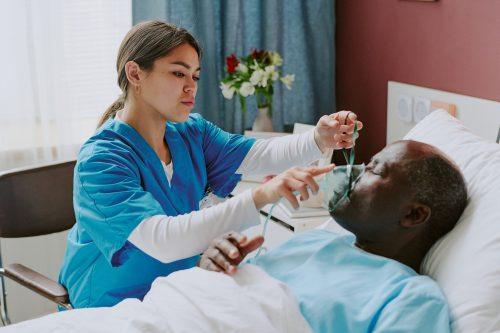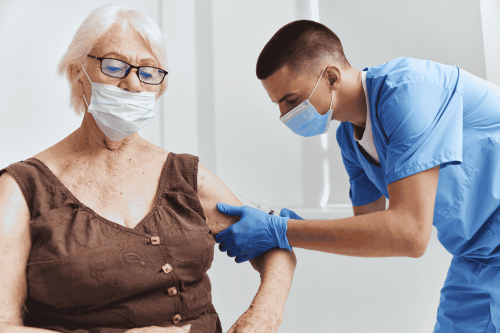Sexual harassment is a serious issue that impacts workplaces across all industries, but in healthcare facilities, the stakes are especially high. The unique dynamics of healthcare—long hours, high-stress situations, and frequent close interactions with colleagues, patients, and visitors—create conditions where incidents of harassment can more easily occur.
In fact, more than 1 in 4 nurses (27%) report experiencing sexual harassment on the job, often from patients or their family members, according to the American Nurses Association. This alarming statistic underscores just how prevalent and under-addressed the issue is within healthcare settings.
For healthcare providers, preventing sexual harassment isn’t just about legal compliance—it’s about creating a culture grounded in safety, respect, and professionalism. A proactive approach to prevention not only protects staff but also builds a more supportive work environment, strengthens patient trust, and reduces the risk of costly legal action and reputational harm.
Understanding Sexual Harassment in Healthcare
Sexual harassment in healthcare facilities can take many forms, including:
- Verbal Harassment: Inappropriate jokes, comments about appearance, suggestive remarks, or sexual advances.
- Non-Verbal Harassment: Unwanted touching, suggestive gestures, or sharing explicit images or messages.
- Quid Pro Quo Harassment: When promotions, shifts, or job security are tied to sexual favors.
- Patient Harassment: When patients make inappropriate advances toward healthcare staff, creating uncomfortable and unsafe work conditions.
- Third-Party Harassment: When vendors, visitors, or contractors engage in inappropriate behavior towards staff.
Recognizing and addressing these behaviors is crucial in creating a safe and professional healthcare environment.
The Impact of Sexual Harassment in Healthcare Facilities

Sexual harassment has far-reaching consequences, affecting both individuals and the healthcare organization as a whole. Some key impacts include:
- Decreased Employee Morale and Productivity: Employees who experience harassment may suffer from anxiety, stress, and burnout, leading to decreased job performance and higher turnover rates.
- Legal and Financial Consequences: Lawsuits, settlements, and compliance violations can lead to significant financial losses for healthcare facilities.
- Damage to Reputation: Incidents of harassment can harm a facility’s reputation, leading to loss of patient trust and difficulty attracting top talent.
- Compromised Patient Care: When healthcare workers feel unsafe or distracted by harassment, their ability to provide high-quality patient care may be affected.
Essential Steps for Sexual Harassment Prevention in Healthcare
1. Establish Clear Policies and Procedures
A strong zero-tolerance policy against sexual harassment should be in place and clearly communicated to all employees. As part of a comprehensive sexual harassment prevention strategy, this policy should outline:
What constitutes sexual harassment.
Reporting procedures and confidentiality protections.
Consequences for policy violations.
Support resources for victims of harassment.
It’s important to ensure that policies are not just written documents but are actively enforced and integrated into workplace culture to support ongoing sexual harassment prevention efforts.
2. Conduct Comprehensive Training Programs
Mandatory sexual harassment prevention training should be conducted regularly for all healthcare staff, including leadership, employees, and contractors. Effective training should include:
Definitions and examples of sexual harassment.
Real-world scenarios specific to healthcare settings.
Information on reporting mechanisms and legal rights.
Bystander intervention training to empower employees to take action.
Interactive training sessions, role-playing exercises, and case studies can make sexual harassment prevention training more engaging and impactful.
3. Create a Safe and Confidential Reporting System
Many victims of harassment hesitate to report incidents due to fear of retaliation. As a vital component of sexual harassment prevention, healthcare facilities must establish anonymous and confidential reporting channels, such as:
A dedicated hotline or email for harassment complaints.
An independent HR or compliance officer to handle reports.
A clear, step-by-step process for investigating complaints fairly and promptly.
4. Promote a Culture of Respect and Accountability
Promoting respect and accountability is foundational to effective sexual harassment prevention. Leaders and managers play a key role in setting the tone for workplace culture. They should:
Lead by example, demonstrating respectful and professional behavior at all times.
Hold all employees accountable for maintaining a harassment-free workplace.
Address complaints seriously and take swift action against offenders.
Encourage open discussions on workplace ethics and inclusivity.
5. Implement Strong Workplace Safety Measures
Structural and procedural measures can strengthen your sexual harassment prevention plan. Healthcare facilities can take proactive steps, such as:
Security Cameras: Placing cameras in non-private areas to deter inappropriate behavior.
Proper Staffing Levels: Ensuring that employees are not left alone in vulnerable situations.
Clear Boundaries with Patients: Training staff on handling inappropriate behavior from patients while maintaining professionalism.
Regular Employee Check-Ins: Providing opportunities for employees to express concerns and receive support from management.
6. Encourage Bystander Intervention
A strong sexual harassment prevention culture includes empowering employees to intervene when they witness misconduct. Bystander intervention training teaches employees how to:
Recognize harassment in different forms.
Safely intervene when they witness inappropriate behavior.
Support victims without escalating conflict.
Report incidents appropriately.
7. Monitor and Evaluate Policies Regularly
Prevention efforts should be dynamic and data-driven. Regularly evaluating and updating your sexual harassment prevention policies helps healthcare organizations stay compliant and responsive. Key steps include:
Conducting employee surveys to gauge workplace culture.
Reviewing incident reports and response times.
Updating policies to reflect new legal requirements and best practices.
The Role of Leadership in Sexual Harassment Prevention
Healthcare executives, administrators, and department heads must take an active role in sexual harassment prevention. Leadership commitment includes:
- Allocating resources for training, reporting systems, and investigations.
- Encouraging transparency and open communication about workplace concerns.
- Recognizing and rewarding departments that uphold high standards of workplace safety and respect.
- Implementing zero-tolerance enforcement for violators, regardless of rank or tenure.
Conclusion
Sexual harassment prevention in healthcare facilities is not just a regulatory requirement—it is essential for fostering a safe, ethical, and professional work environment. By implementing strong policies, providing effective training, and promoting a culture of accountability and respect, healthcare facilities can protect employees, improve patient trust, and reduce legal and financial risks.
Now is the time for healthcare providers to take action and ensure their facilities are safe for all. Prioritizing harassment prevention today creates a better and more respectful workplace for the future.
Ensure compliance, boost team efficiency, and foster patient trust—all while protecting your staff. Enroll your large team in our customized, free sexual harassment prevention course development program today. Designed specifically for healthcare facilities, this program equips your workforce with the knowledge and tools they need to create a respectful, professional environment. Let us help you build a safer, more compliant, and trusted workplace—at no cost to you. Contact us here.



